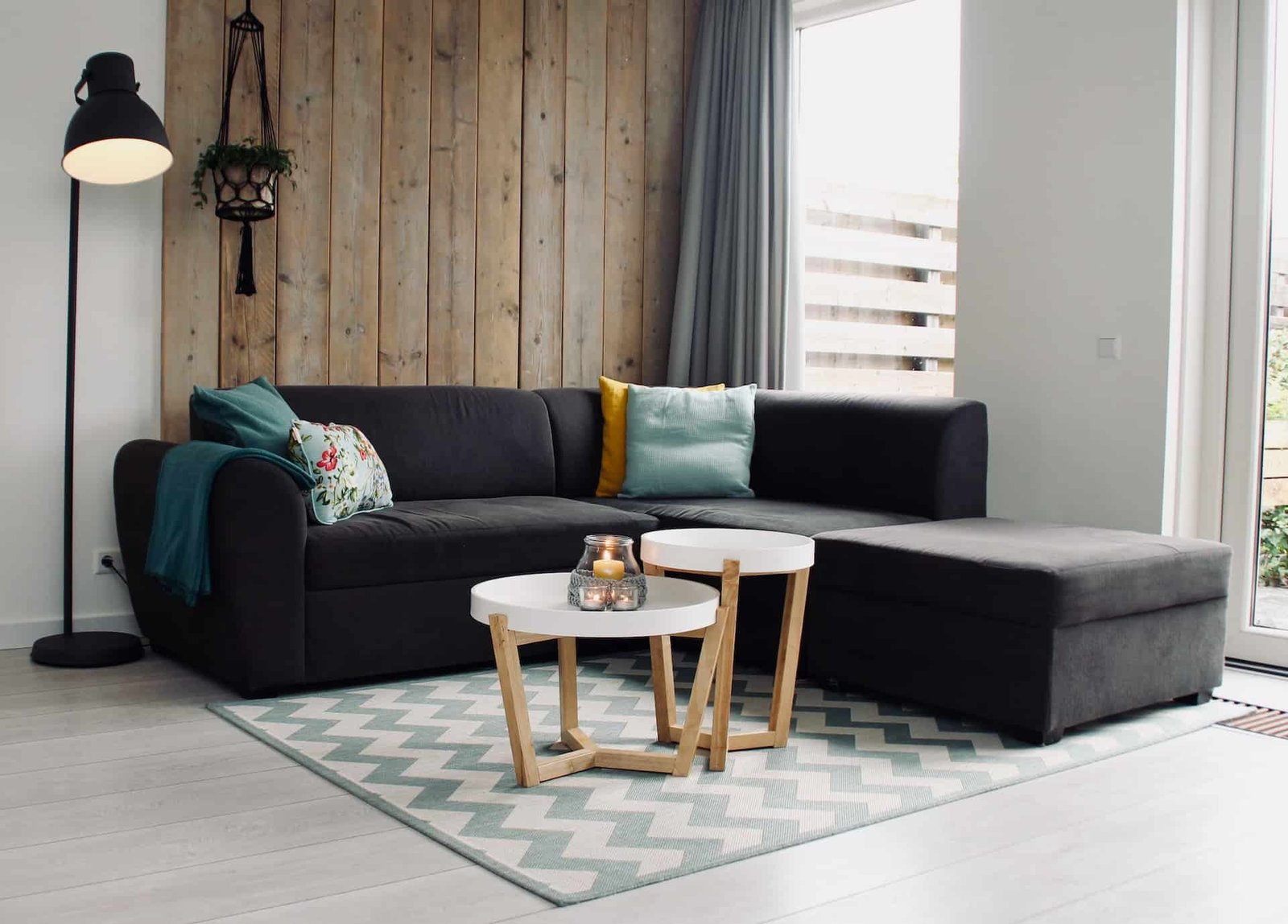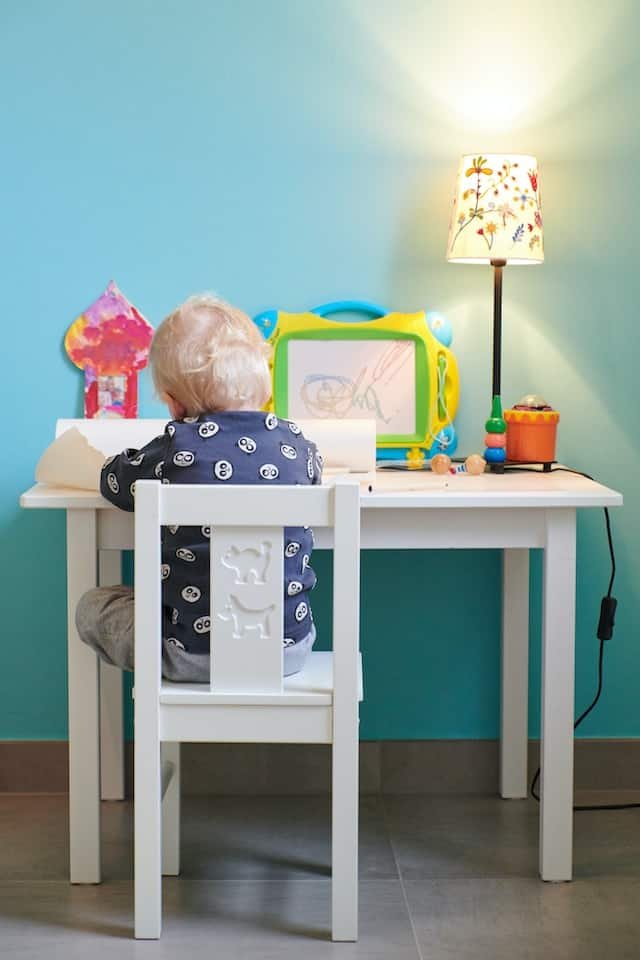
Disclaimer: As an Amazon Associate, “Furniture UK” earns from qualifying purchases.
Stains on furniture are inevitable, no matter how careful we are. Whether a spill from a glass of red wine or a pet accident, stains can be a real eyesore on your furniture. However, there are ways to remove these stubborn stains and restore your furniture to its former glory. The key to removing stains from furniture is to act quickly. The longer the stain sits, the harder it is to remove. Different types of stains require different removal methods, depending on the type of fabric or material of the furniture. It’s essential to identify the type of stain and furniture before attempting to remove it.
In this article, we will explore some tips and tricks for removing stains from furniture. We will cover everything from removing water stains from wood to cleaning couch stains on standard materials. With these tips, you’ll be able to tackle even the most stubborn stains and keep your furniture looking its best.
1. Identifying the Stain
Before you can start treating a stain on furniture, you need to find out what type of stain it is. Stains require different treatment methods, so knowing what you’re dealing with is essential. Here are some common types of furniture stains and how to identify them:
- Water stains appear as white or grey rings or marks on wood furniture caused by moisture penetrating the finish.
- Oil-based stains are typically greasy or oily and can be caused by food, makeup, or other substances.
- Ink stains: These can be caused by pens, markers, or other writing instruments and can be difficult to remove.
- Blood stains: These can be caused by accidents or injuries and can be tough to remove if not treated promptly.
- Urine stains: These can be caused by pets or children and can be difficult to remove if not treated promptly.
- Mould and mildew stains: These appear as black or green spots on furniture and are caused by excess moisture.
Once you’ve identified the type of stain, you can start looking for treatment methods that are specific to that type of stain. In the next section, we’ll look at common methods for removing different kinds of furniture stains.
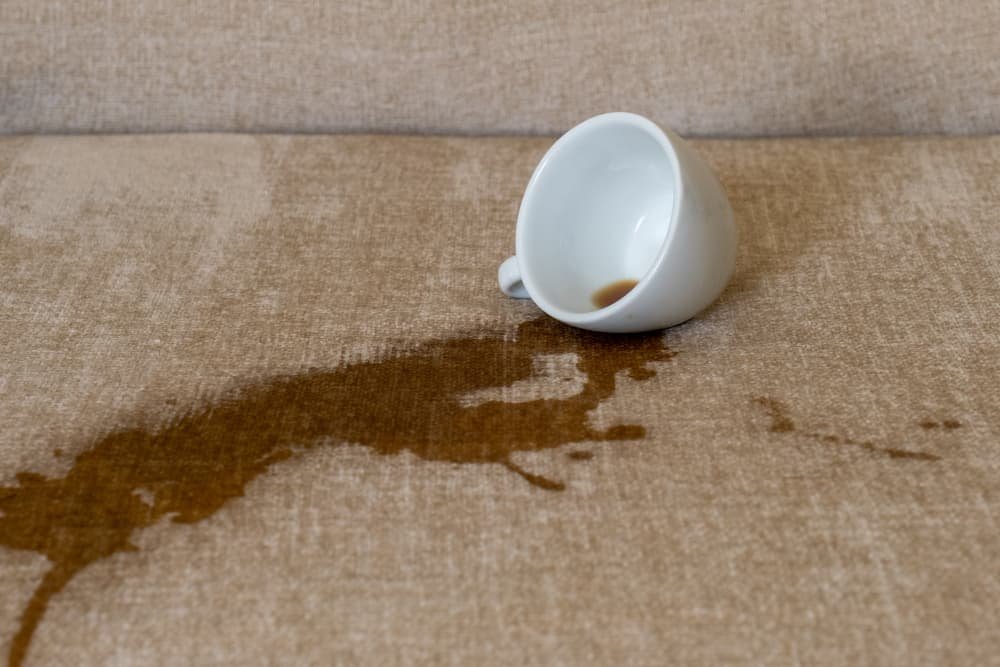
2. Pre-treating the Stain
Before you start cleaning the stain, it’s important to pre-treat it to help loosen and remove as much of the stain as possible. Here are a few tips:
- If the stain is still wet, use a clean cloth or paper towel to blot up as much of the liquid as possible. Avoid rubbing the stain, as this can push the stain further into the fabric.
- If the stain has already dried, use a soft-bristled brush or a spoon to scrape off any solid or dried-on material gently.
- For food stains, try using equal parts white vinegar and water to pre-treat the stain. Apply the solution to the stain and let it sit for 10-15 minutes before blotting it with a clean cloth.
- If the stain is caused by grease or oil, sprinkle a small amount of baking soda or cornstarch onto it and let it sit for 10-15 minutes. The baking soda or cornstarch will help absorb the grease or oil, making it easier to remove. Always test any cleaning solution on an inconspicuous furniture area first to ensure it doesn’t cause any damage or discolouration.
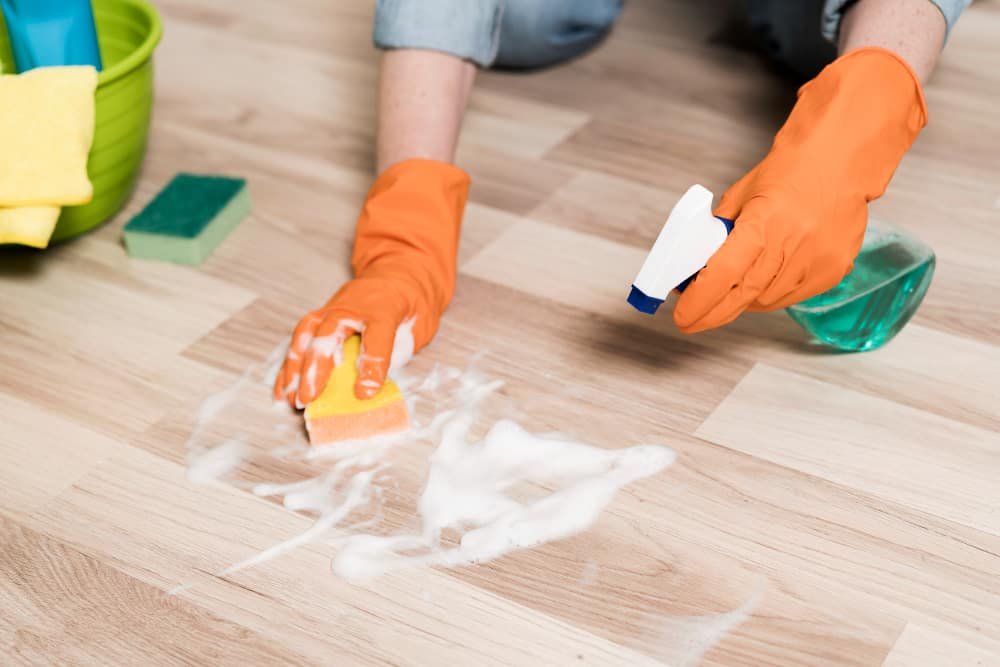
3. Cleaning the Stain
Once you have determined the type of stain you are dealing with, it’s time to start cleaning. Here are some tips for getting rid of stubborn stains:
- Blot, don’t rub: When cleaning a stain, always blot it instead of rubbing it. Rubbing can push the stain deeper into the fabric, making it harder to remove.
- Use the right cleaning solution: Different stains require different cleaning solutions. For example, a grease stain will require a different cleaning solution than a red wine stain. Ensure you use proper light cleaning solution for the stain you are dealing with.
- Test the cleaning solution: Before applying a cleaning solution to the stain, test it on a small, inconspicuous area of the fabric to ensure it doesn’t cause any damage or discolouration.
- Work from the outside in when cleaning a stain; start at the outside and work your way in. This will prevent the stain from spreading.
- Be patient: Removing a stain can take time, so be patient and don’t give up too quickly. It may take several attempts to obliterate the stain.
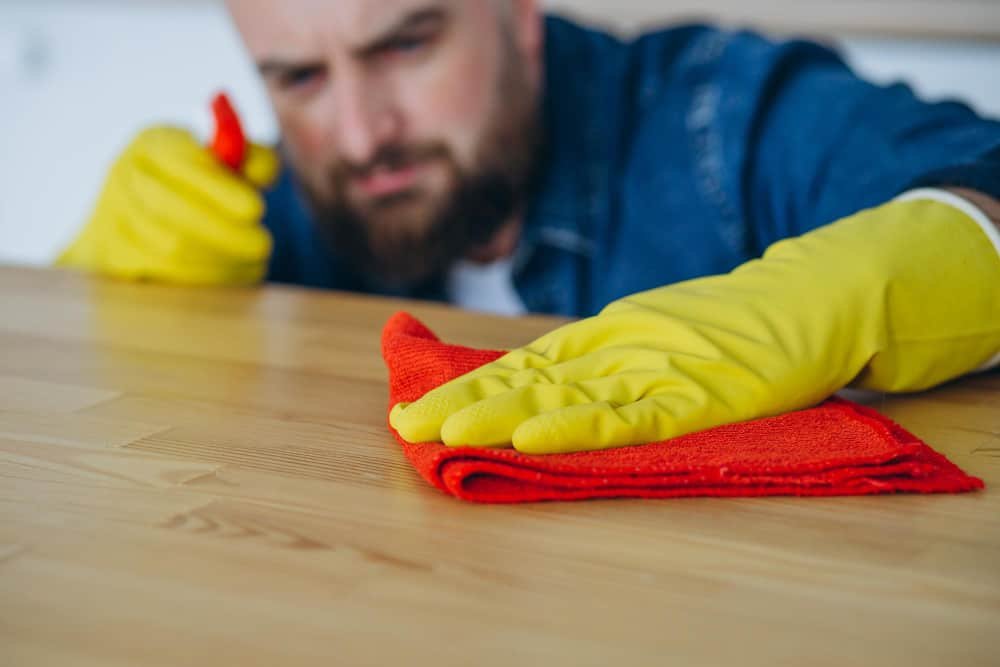
Dealing with Stubborn Stains
Some stains can be pretty stubborn and challenging to remove. Here are some tips to help you tackle tough stains:
- For grease stains, sprinkle some baking soda on the affected area and let it sit for a few minutes before vacuuming it. Then, use a clean cloth to blot the stain with water and vinegar.
- If you have a red wine stain, blot up as much of the wine as possible with a clean cloth. Use a clean cloth to blot the stain with the solution, working from outside. Then, mix one tablespoon of dish soap, 1 tablespoon of white vinegar, and 2 cups of warm water.
- For ink stains, mix equal parts rubbing alcohol and white vinegar. Dip a clean cloth in the solution and blot the stain, working from the outside in. Repeat until the stain is gone.
- You may consider hiring a professional upholstery cleaner if these methods don’t work. They have access to specialized equipment and cleaning solutions to help remove even the toughest stains.
Protecting Your Furniture
Prevention is always better than cure, which is undoubtedly true when protecting your furniture from stains. Here are a few tips to help you keep your furniture looking its best:
- Invest in slipcovers or furniture protectors. These can be easily removed and washed, protecting your furniture from spills and stains.
- Use coasters and placemats. This will help protect your furniture from water rings and other marks caused by glasses and dishes.
- Consider the type of fabric when choosing furniture. Smaterialsrics are more stain-resistant than others, so it’s worth researching before purchasing.
- Teach children and pets to keep food and drinks away from the furniture. This may take some training, but it can save you a lot of hassle in the long run.


